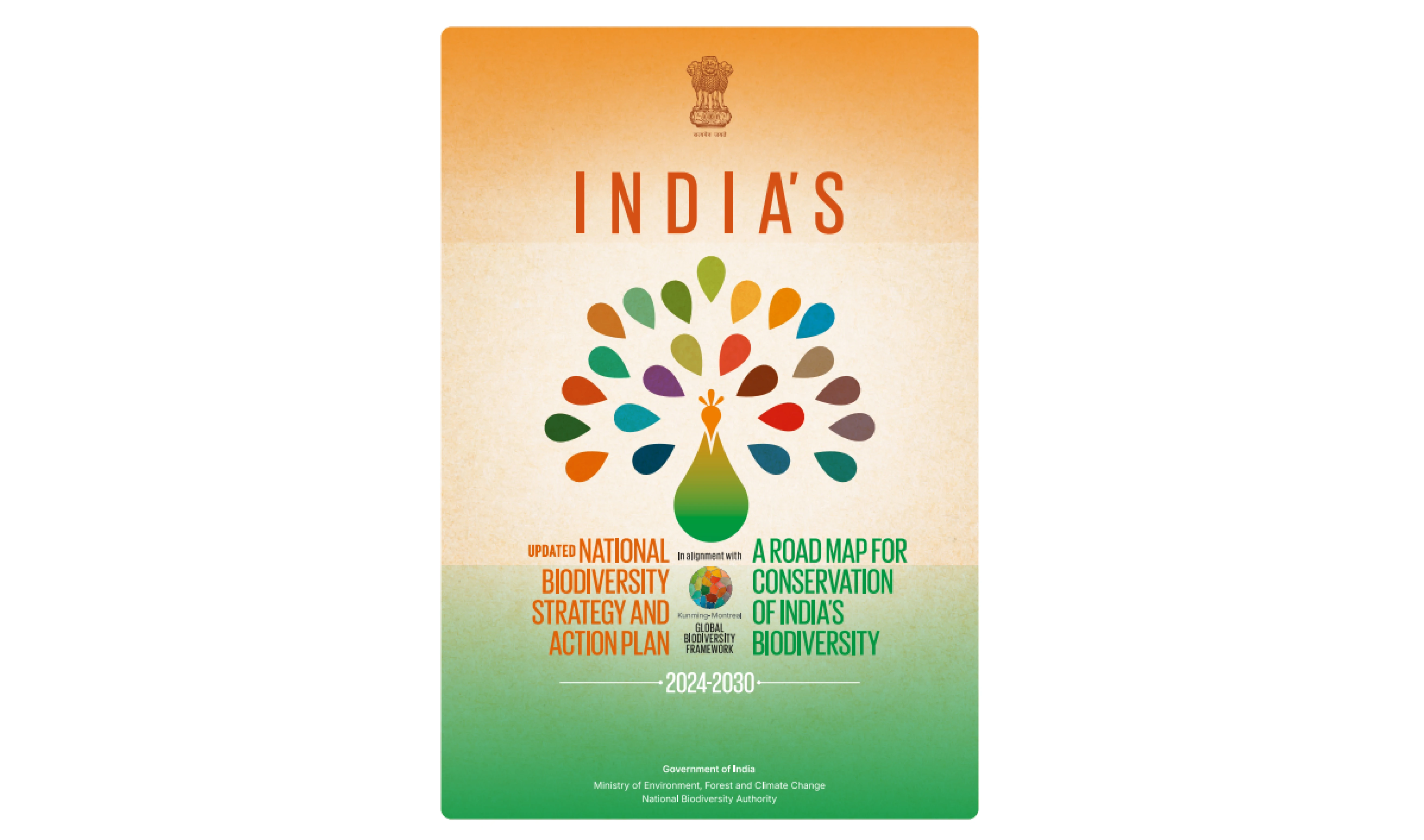It is the first SBSAP to include district-level action plans aligning with National Biodiversity Strategy and Action Plan (NBSAP) and Kunming-Montreal Global Biodiversity Framework (KMGBF)
- KMGBF, adopted in CoP-15 (Convention to Biological Diversity, CBD), contains 23 action-oriented global targets for urgent action to be achieved by 2030.
Role of States Governments in Biodiversity Conservation
- Act as Natural Mainstreamers: They are uniquely positioned to tailor global biodiversity goals to local contexts.
- Local knowledge and experience: Lessons learnt on the ground are shared with higher levels of governance.
- Understand Ground Realities: They are best placed to understand and act upon the constraints for systemic change in their regions.
- Robust Monitoring and Reporting: These functions can be performed more effectively at local level.
Initiatives fostering participation of State Governments in Biodiversity Conservation
- Global
- The Plan of Action on Subnational Governments, Cities and Other Local Authorities for Biodiversity (2021-2030): Under CBD.
- IUCN (International Union for Conservation of Nature): Introduced a new category for local governments to its membership.
- India: Provides for a three-tier institutional structure comprising the National Biodiversity Authority, State Biodiversity Boards, and local Biodiversity Management Committees in its updated NBSAP (2024-2030).
- Article 6 of the CBD requires every party to prepare NBSAPs.
- Cases Studies: Hornbill nest adoption initiative in Pakke Tiger Reserve (Arunachal Pradesh), Biodiversity Strategy 2020 of Aichi (Japan) focused on “creation of ecological network” etc.




